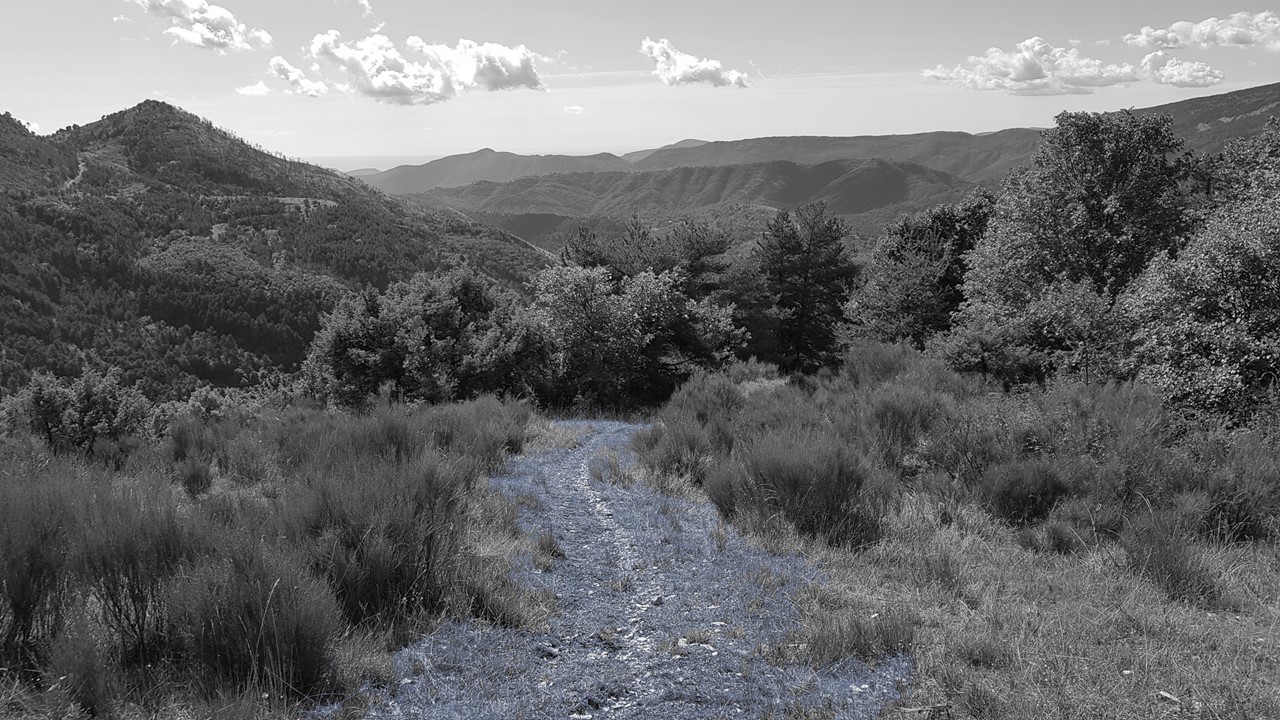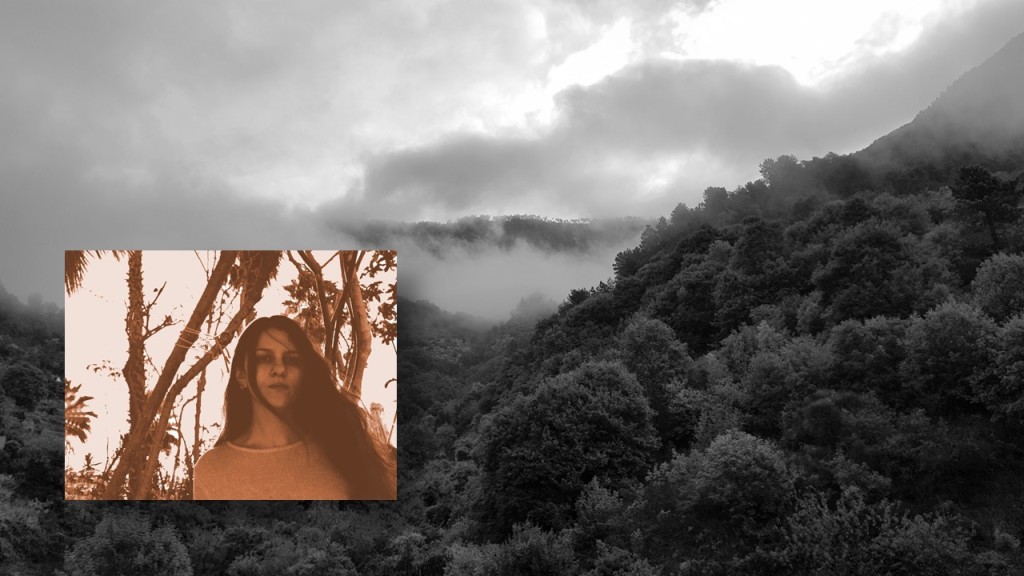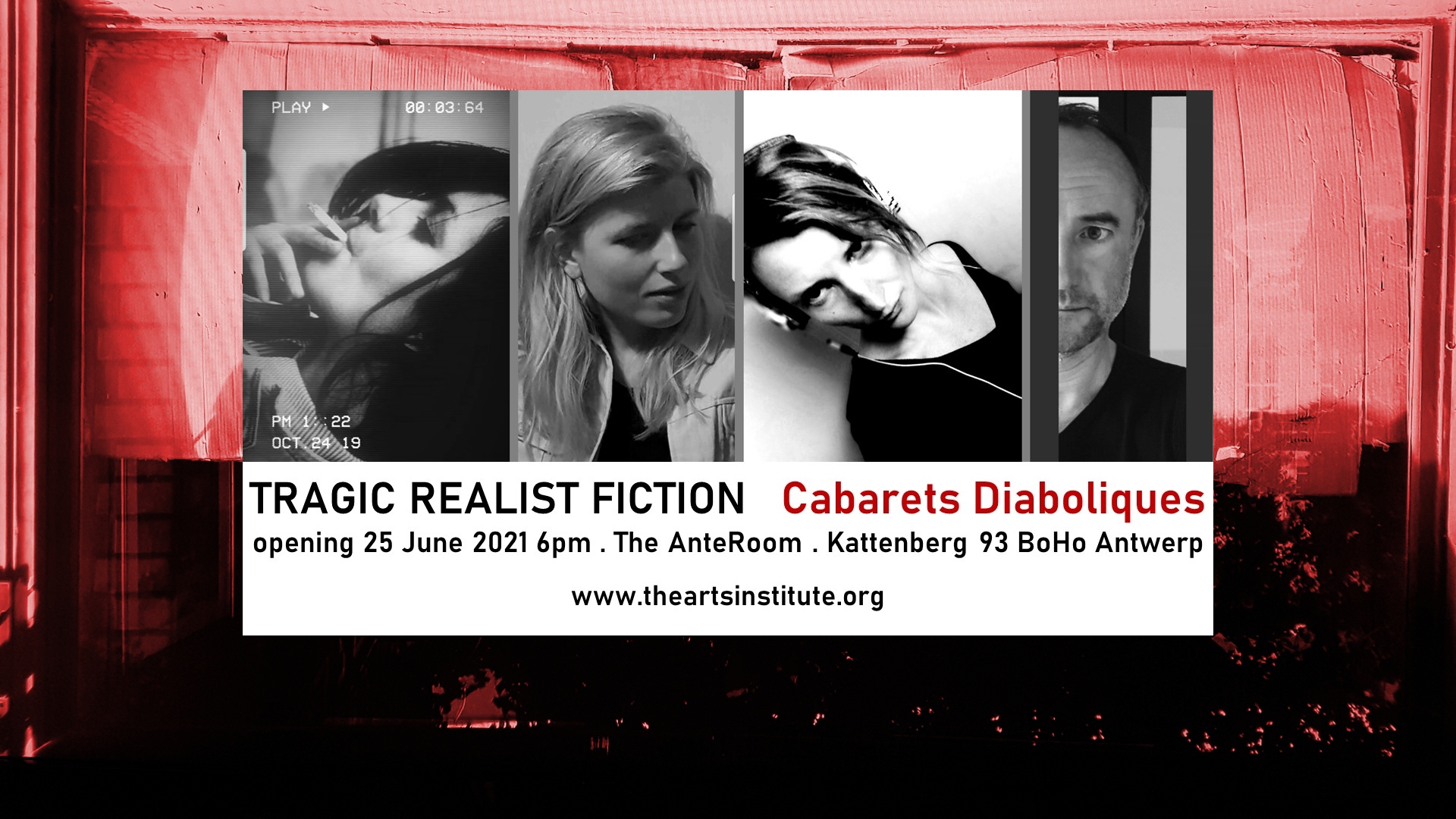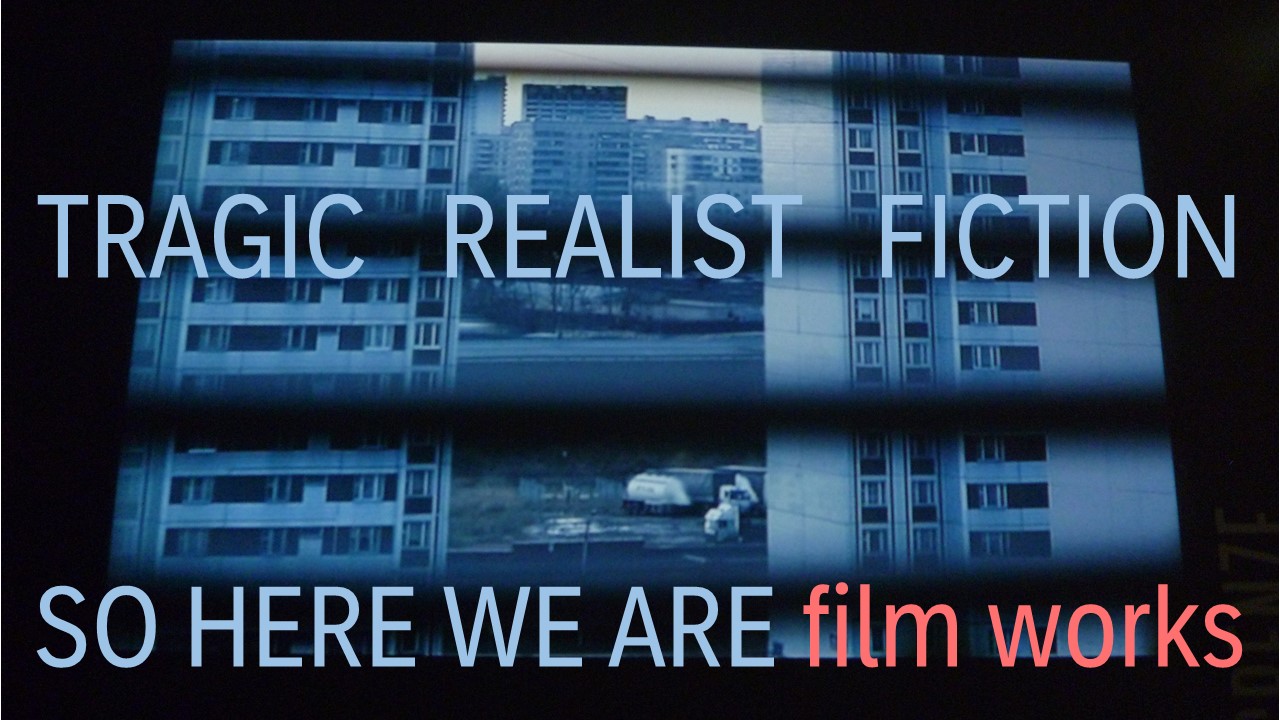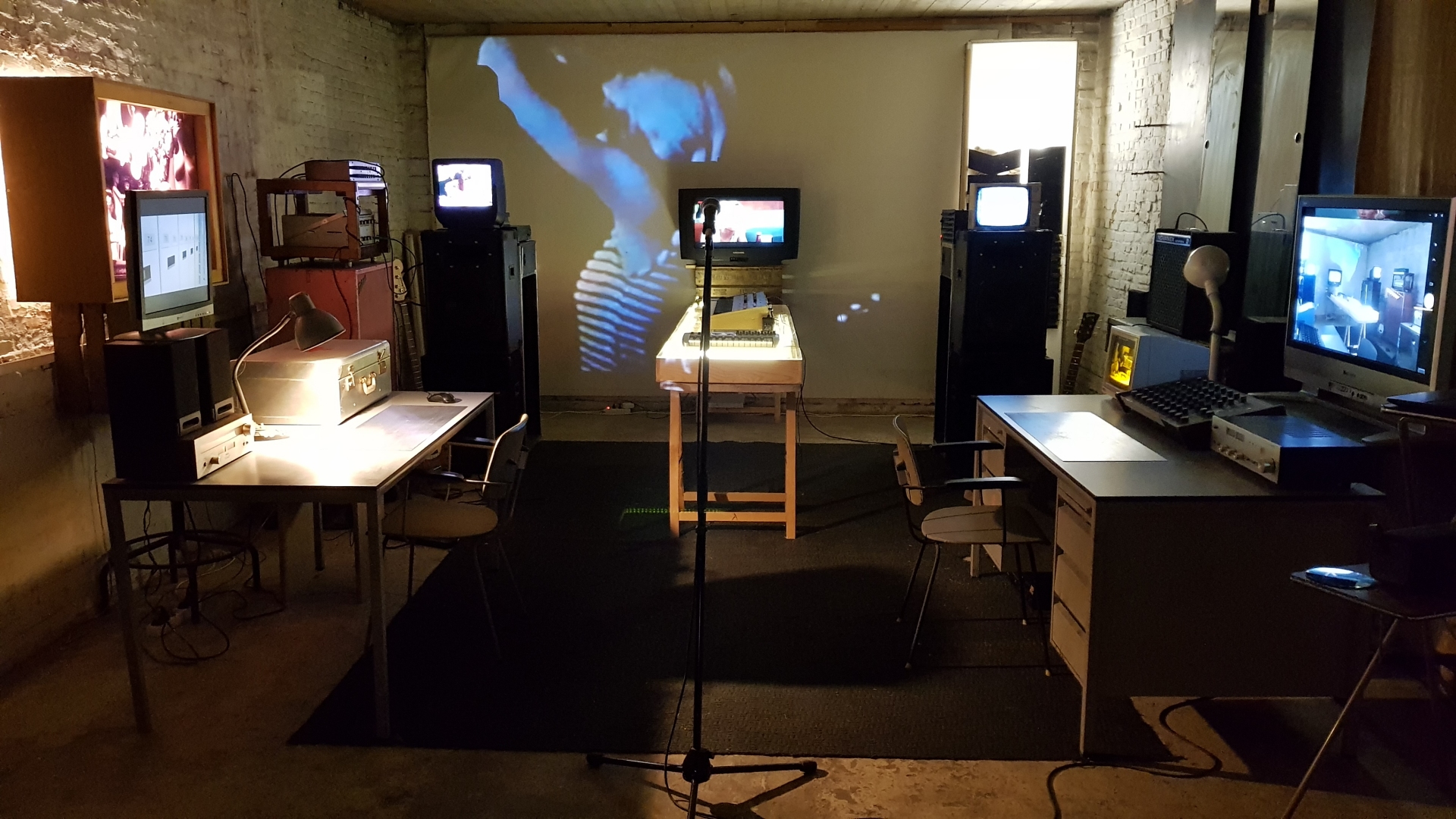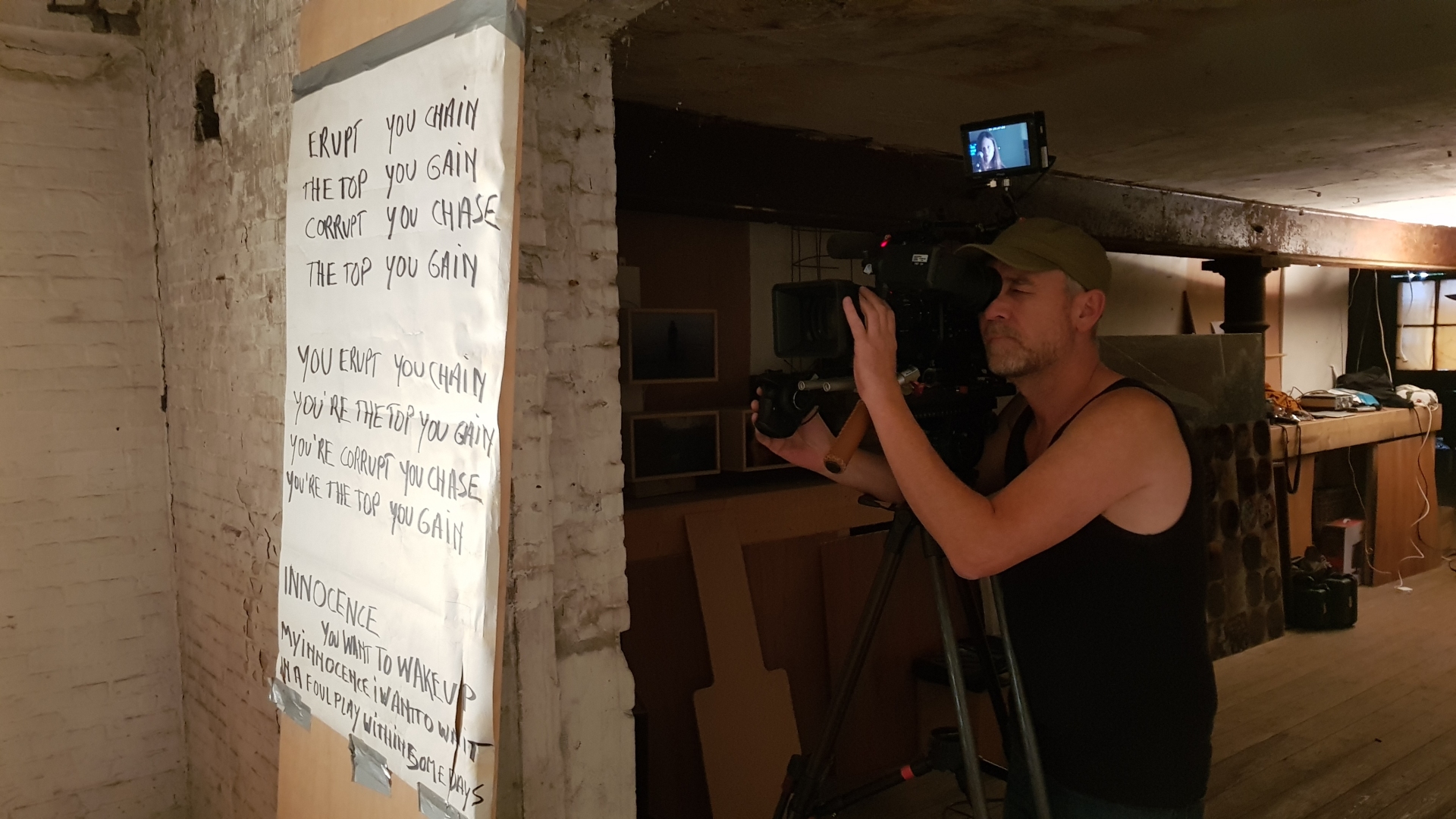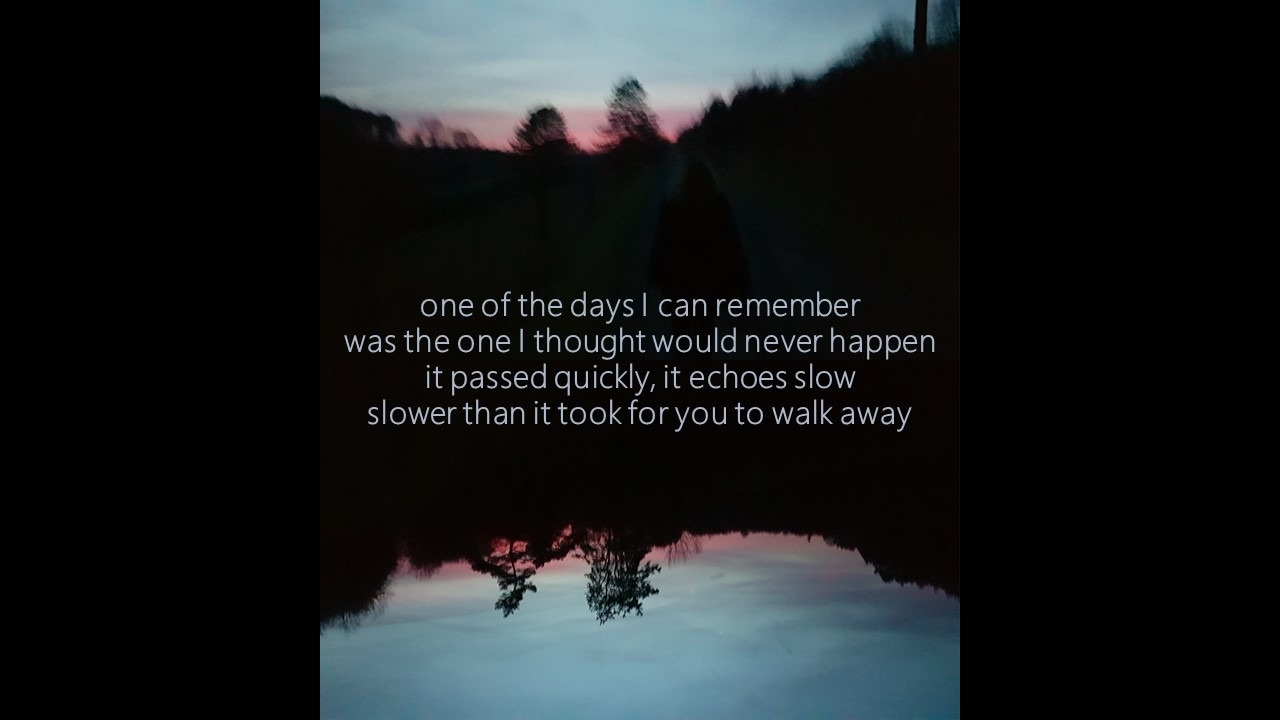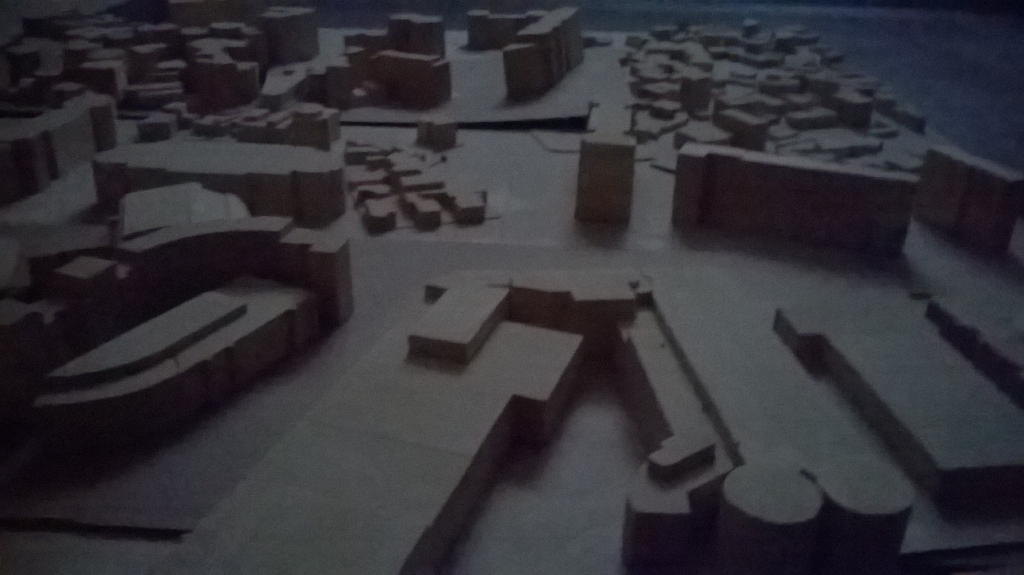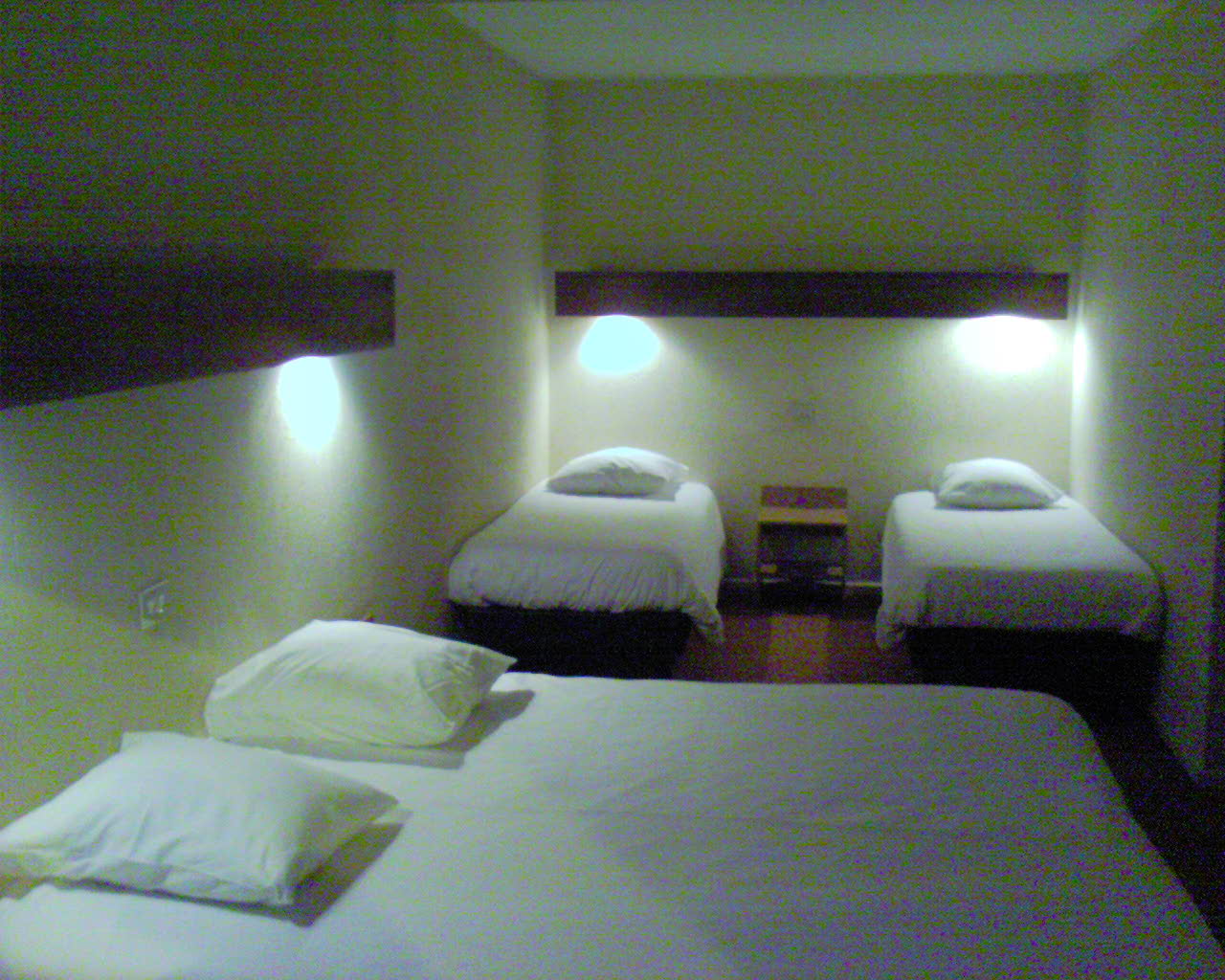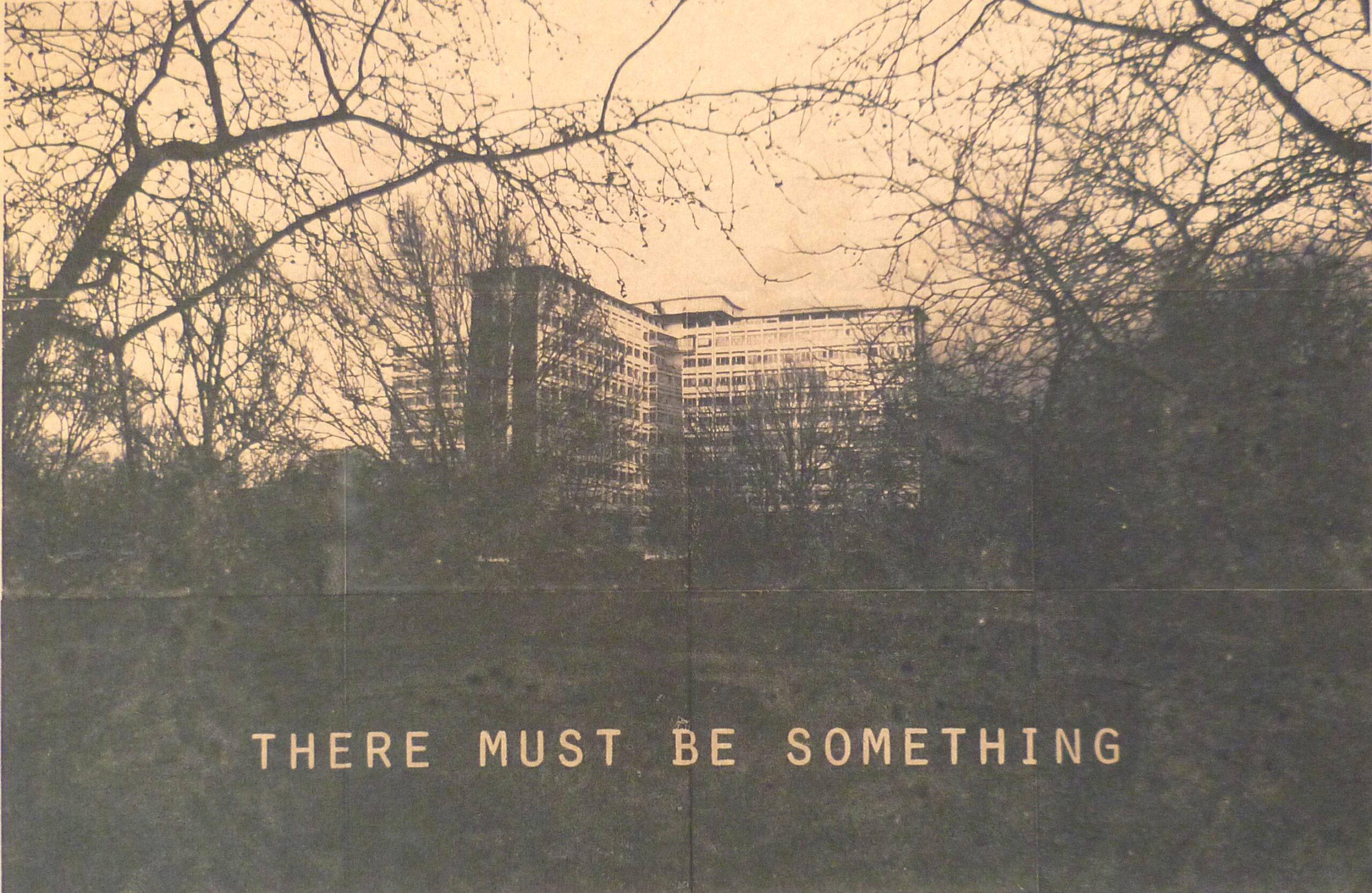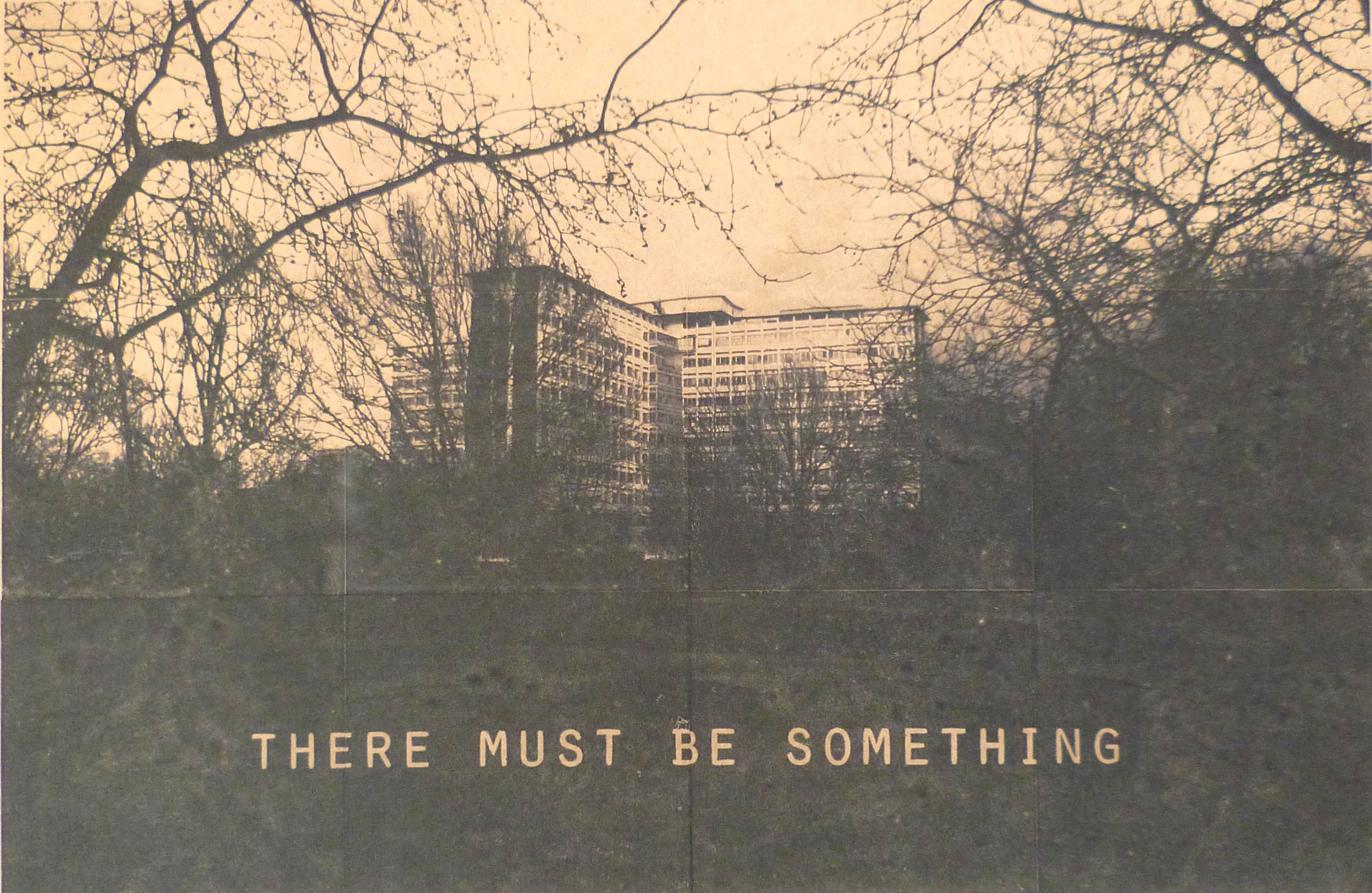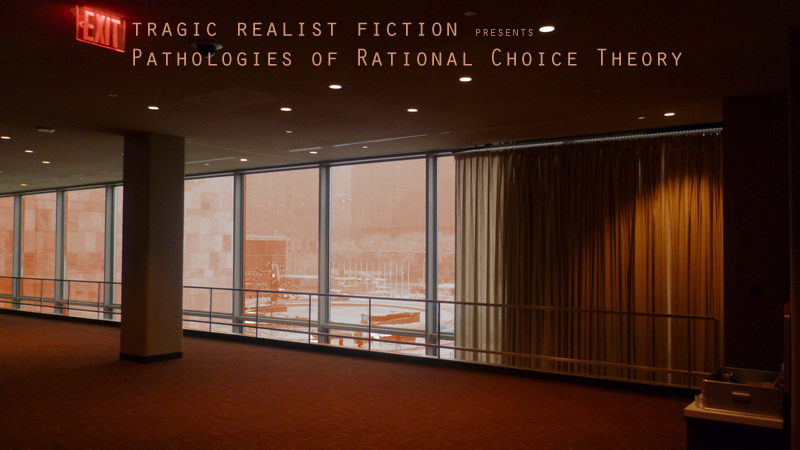The film The Archive of Opportunities was created on the occasion of the art show The Archive of Opportunities on view at The AnteRoom in Antwerp in January 2015.
The archive of opportunities
A film by TRAGIC REALIST FICTION
Voices
Sarah de Graeve
Davinder Valeri (from Toronto)
Shamina de Gonzaga (from New York)
Marko Kovac (from Ljubljana)
Alejandro Margetic (from Buenos Aires)
sound, music
Gaston Meskens, Sarah de Graeve
concept, video source material, direction, editing, montage
Gaston Meskens
https://vimeo.com/137293518
Conversations
Sarah
So here we are.
Rows and rows of silent trees.
Blinded by the stream of consciousness,
that stream gives us almost nothing to see.
Bewildered, it should be the proof of everything in me
that was pulled out that night; the wind wiped away the rain, ultimately.
No rain, there was no rain; nature did not exist, at least not formally.
However, invisible me, for you, the shifted blooded sea:
suspected to be essentially flawed ?
merely… see.
[…]
Davinder
When I entered the archive for the first time, I was surprised at the sheer simplicity of the classification system. The plan was clear and well-organised. There were no deviant routes, no blind alleys, no confusing crossroads. The numbering of corridors, cabinets and shelves followed a rigid logic and was kept up to date. There were no gaps or jumps, no sudden interruptions. The sense of predictability softened the sinister atmosphere of the immense space. The logic was reassuring and forthcoming. The logic was good.
Shamina
The remarkable thing, I also remember, was that the cabinets in the halls were all empty. Modern in style but empty, as if they had just been installed, waiting to be filled with content. But the striking thing was that the date labels of the shelves, cabinets and rooms didn’t go back in time but started counting towards the future. They were not meant to contain historical material, but artefacts that still needed to be created and documented.
Marko
And what was really strange, and in a way scary, was the fact that the first date label of the first shelf of the first cabinet in the first room always had the actual date of your visit to the archive, and that the labels always counted up from that date towards the future, for years and years and ages and ages. Nobody could ever find out where the counting stopped. The space was too big. So although that situation was quiet creepy, it was logic that the shelves remained empty, as their date labels always started counting from the date we entered. That archive could not contain artefacts, as there was never a past to be documented.
Alejandro
It was only after years of exploration that we realised that the archive of the past was somewhere else. The thing was that you had to turn left immediately after entering the first room. There was a stair going down, and nobody ever thought of descending it. It is almost unbelievable that nobody had the intuition to go down to check what was there. I guess we were all too confused about the strange thing with the labels and the empty shelves.
Shamina
It was the doorkeeper who told us that we should go down. For years, he didn’t say a word, but then, one day, he stood up and came out of his office towards us. He said that it was time, that it was finally time to go down. We did not understand what he meant with that. We looked at each other, confused, and I remember he smiled. He returned to his office, and instead of waiting for further clarification, we descended the stairs. What we saw, after our eyes had adapted to the darkness, looked like the setting of a classical archive. Again the corridors, rooms and cabinets, and again in seemingly endless rows.
Marko
We started to walk, trying to find our way through the archive. The light was scarce and the whole place looked totally crammed with cabinets, documents and objects. Although it seemed as if there was nobody else present, we heard footsteps and conversations from time to time. Those sounds were immersed in a bed of soft dark noise, as if air was continuously breezing through the corridors, rooms and halls. The smell was mouldy and damp, although with a crispy overtone of a strange smoky perfume, the same you would experience around a campfire outside, in the woods.
Alejandro
The first rooms we entered were cramped but rather empty. They had prints and diagrams stuck to the walls and on a table in the middle of the space. We could not figure out what they represented. We saw images of a building, and group photos of people. The building could have been the archive itself, but we were uncertain. It looked different from what we were used to see from the outside. But in some way, the displays suggested it was the archive. The group photos seemed to have been taken not so long ago. We didn’t recognise anyone of the people, but they must have been colleagues, as we recognised the places where the photos were taken.
Marko
After crossing the first smaller rooms, we entered big halls that were connected through corridors at all sides. The ceiling of the halls must have been very high, as we could not see it in the dark. We were totally amazed by what we discovered. There were several halls with documents on shelves. Most were arranged in box files, but some of them were unfolded and displayed, so that you could read the text and see the images. We randomly took out a document here and there to see what it was about.
Davinder
After a few hours of studying and reading, we understood we were in the middle of a countless collection of ideas, reflections and critiques that once must have been put aside without proper consideration. There were thousands of fragments of conversations still to be set up, and a myriad of suggestions of gatherings that never had taken place. It was all there, waiting to be said and done, and the strange thing was that, just by trying to grasp their meaning and focus, we felt that they were all new.
Shamina
On the higher shelves, there was an extended systematic classification of – what I can only describe as – various ‘manifestations’ of awe, confusion, wonderment, hope and fear, all in their turn documented with both mystical and rational arguments. We tried to understand them, but it was difficult, as it felt as we had never experienced them. The references contained dates, most of them from the middle of last century, and sometimes there were photos of people, always somewhere in a laboratory. There was no explanation of who was in the photo, or reference to where it was taken. The people in the photos were very ‘present’. They looked committed to what they were doing, but not arrogant.
Marko
Other halls had rows and rows of objects displayed. There were strange artefacts that must have had a function in some context, and we found out that many of them were accompanied with comments on their origin and possible use. Other things were unrecognizable and had no explanation. They could have been art objects, but we were not sure. We entered halls with cabinets that only contained printed pictures in every possible form and depicting all imaginable subjects and scenes.
Alejandro
Drawers contained printed schemes and diagrams explaining logics and systems, some of them recognisable, but most not, as extra information on their origin and use was missing. There were also several halls with rows of tables, presenting scale models of technological and architectural structures, and there were numerous replicas of cities and strange urban settlements. We had the feeling we could recognise a few, but most looked as designs still to be build.
Davinder
At some point, at a crossing of three large and long corridors, there was a big display cabine t with two people in it. It was a woman and a man. They were standing back to back and they were naked. We approached the cabinet with a very uneasy feeling. They seemed to be real and alive, but then this would have been very strange, because the cabinet looked very old, and impossible to open. When we stood close, we had the impression it were life-size wax dolls, but their gaze was penetrating, as if they really saw us. What was really weird was that, while we were standing there close, we were not scared anymore. We saw them, and they saw us. There was a feeling of recognition, but no urge to do something with it. We continued our way.
Alejandro
Who invented, suggested, constructed and formulated all this? Who collected, classified and preserved al these records and, above all, with which aim? It must have been a work of ages, even millennia. The documents and artefacts were physically there, they must have been created in the past. But they had no label indicating the date of their classification. We had the impression they were classified according to themes and subthemes. But it was impossible to understand the classification system by studying the labels, as they only contained letters and numbers and no catchwords. The system seemed at least meaningful but ultimately sophisticated.
Shamina
I don’t remember anymore how long we spent down in the archive during our first visit. One moment, we found ourselves standing upstairs in the first, empty archive again. The doorkeeper was gone, and the place was dark. We checked the date of the first shelf of the first cabinet in the first room and concluded that we had been down for weeks. There must have been water and food, and we must have slept down there, but all memories of this sort were gone.
Davinder
Afterwards, in one of the many attempts to make sense of our experience, we had this commonsensical thought that it is unwise to study history with the aim to extract theories for the future, but also that we all felt that this was different. What was kept down there was not history. It was a peculiar consolidation of opportunities, bizarre in its forms and setting and ultimately intriguing. The question of who had ever collected and classified it didn’t matter anymore. It was there.
[…]
Marko
So here we are…
Shamina
The simple idea is that the pursuit of peace and well-being is not a matter of finding compromise over incommensurable or conflicting interests, as our essential interests as humans are not necessarily incommensurable or in conflict ‘by definition’. Our society is inherently complex but not inherently antagonistic. The idea that we have to live with the fact that there exist fundamentally opposing worldviews and conceptions of life is strategically maintained by religious and political oppressors. Only then can they construct their presumed rational theory of the ‘collective identity’ and decide who belongs and who does not. Their populist oracles appeal to the conformists of the citizenry who can only make sense of the complexity of life by way of ascribing guilt to an enemy. Collective extremism is not rooted in deviance but in conformism. Collective extremism roots in extreme conformism…
Davinder
Every time again, it will turn out that this one night, that one walk, this one conversation, that one morning, … was not a new reference for a deeper and more authentic life, but simply a meaningful event to never forget. And then you are somewhere, alone or in company, and suddenly you feel connected to some other place, to some moment in the past and to some time in the future, all at the same instant. You experience a time lapse of connection with an undefined set of possibilities. You cannot name this other place and these other moments, but you know you know them, either as a potentiality or as a memory. You know that you might have been to that other place already, and that the moment in the past feels as if it still needs to happen. And you feel already that consolatory kind of melancholy, remembering that time that still needs to come.


